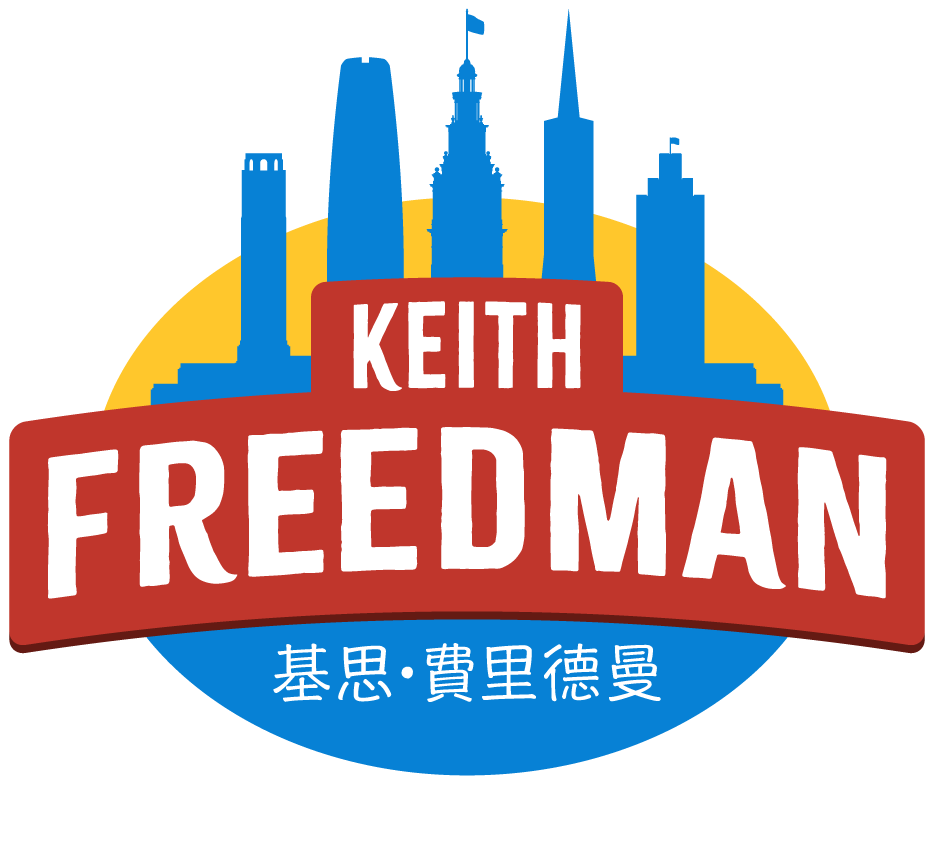
Incentivizing property owner to
Build new housing
Introduction
In an effort to address the pressing need for affordable housing, one innovative strategy involves utilizing existing residential structures. By elevating an established residence, it becomes feasible to construct additional dwelling units beneath. This approach not only optimizes land use but also significantly reduces construction costs compared to traditional methods.
Under the PONCHO program, The City will provide financing for the construction costs. Upon completion, The City may retain up to half the new units via a loan payoff from our affordable housing budget. Homeowners can buy out the remaining cost or sell remaining units and keep the profit for themselves. Effectively, this program will give property owners the financial resources, project management, and prioritized access to Planning, DBI and approved construction companies relieving owners of the headaches that often make these projects unpalatable.
Homeowner Incentives and Benefits
Under this initiative, homeowners are offered a compelling incentive: the cost of construction is initially funded by The City. As participants in a Homeowners’ Association (HOA), homeowners benefit from shared ownership and communal living advantages. Key incentives include:
- Ownership of New Units: Homeowners are compensated with residual equity of created units–they can either keep the remaining units as rentals or sell them and keep the profit.
- Property Tax Adjustments: The property tax basis of the original owner is recalibrated to reflect the value of the original unit less a proportionate share of the land value.
- Rent Controls for new units match existing Newly constructed rentals will have the same rent control status as the original dwelling. In other words, if the original dwelling was NOT rent controlled, the new units will not be rent controlled.
Affordable Housing Allocation
To further The City’s commitment to accessible housing, up to 50% of the new units constructed will be designated for affordable housing. These units will be reserved for critical service providers like teachers and first responders, integrating essential workers into the community.
Financial Model and Cost Recovery
The financial sustainability of the program is ensured through the existing affordable housing funds allocation. This model allows The City to recover costs while simultaneously increasing the housing stock.
Streamlined Permitting and Inspections
Recognizing the temporary displacement caused by construction, which may last between nine to eighteen months, the initiative includes the formation of a dedicated team—PONCHO (Permitting and Oversight for New Construction Housing Operations). This team will expedite the permitting and inspection process, ensuring compliance with local planning, style codes, and safety regulations without delay.
Opportunity for Homeowner Investment
Homeowners interested in further investment opportunities can opt to finance the construction of new units independently under the PONCHO program. Those who choose to engage directly in the project management and construction process are eligible for reimbursement from The City for the affordable units, at a rate determined by unit configuration and size.
Community and Economic Benefits
This program is designed not only to increase residential density but also to revitalize neighborhoods. Enhanced density supports local businesses and services, contributing to vibrant, thriving communities. Schools benefit from stable or growing student populations, and new families invigorate neighborhoods with cultural and social vitality.
Conclusion
The Innovative Housing Expansion Initiative proposes a dual benefit: it significantly reduces the costs associated with creating affordable housing and simultaneously preserves and enhances homeowner investment. This strategy ensures that generations of residents can continue to live and thrive in their familial neighborhoods, supporting a sustainable and inclusive urban future.
Frequently Asked questions
Yes. Not only that, The City will pay them for the affordable housing units.
Since the homeowner will have to vacate their home during construction The City will help coordinate alternatives for the homeowner, which may include subsidizing rental housing costs or other incentives such as partnering with companies to provide discount travel and accommodations around the world.
To offset the inconvenience of temporarily displaced families during the construction of this much-needed housing, we need to ensure that these projects are completed as quickly as possible while maintaining the highest safety standards and adherence to building codes.
Depending on the program’s popularity we may hire additional staff or augment with expert contractors.
As of 2023 approximately 30% of San Francisco housing are single-family homes.
